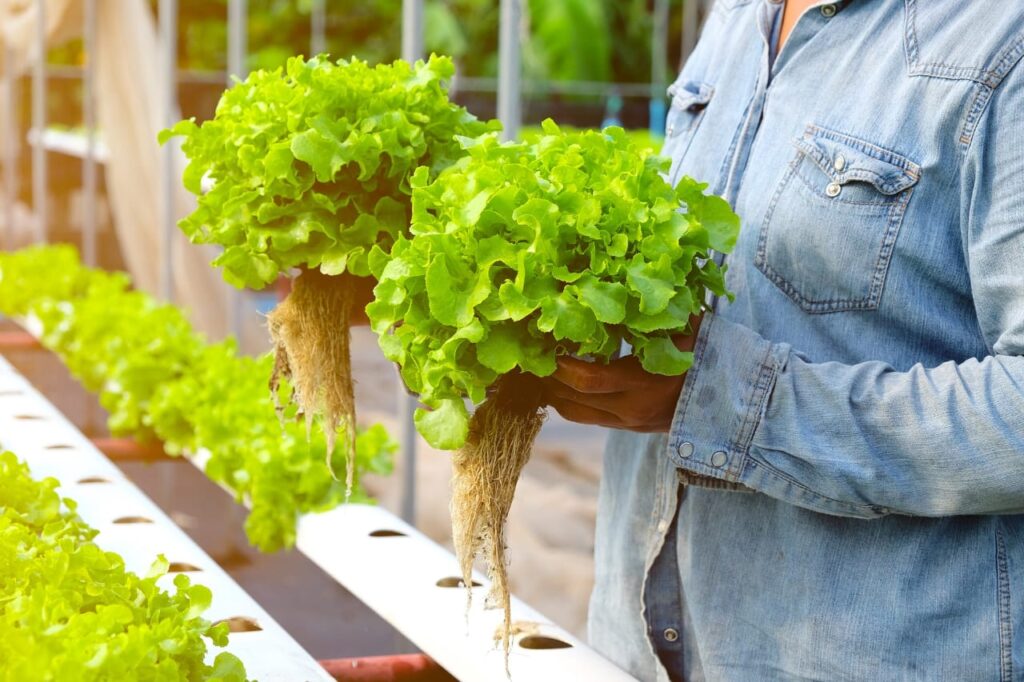Grow tents provide controlled environments for growing plants indoors. They’ve become highly sought-after tools for people who want to move their gardens indoors. They can help to provide ideal conditions for plants to thrive in. They foster adequate lighting, temperature and humidity control, and ventilation among other factors. Many come with advanced equipment to automate the process and make things simpler. Still, if you’re using a grow tent, you don’t want to overcrowd the plants or underutilize the space you have.
Determining How Many Plants Will Fit in a Grow Tent
Several factors go into determining how many plants will fit in a grow tent. Those include the space the tent provides and the plants you’ll be growing to name a few. Finding the right size grow tent for your home and gardening needs is essential. If you choose one that comes with free delivery, that only sweetens the pot. Keeping the following points in mind can help you get the most out of a grow tent and your indoor garden.
Size of the Grow Tent
The size of your grow tent is one of the main deciding factors here. They’re available in numerous sizes and shapes. A 2×2 tent will only hold a few plants whereas a 5×5 model may hold several. Measure the space you have for a grow tent, and consider buying a larger model if you have the extra room.
What Types of Plants Are You Growing?
From there, consider the plants you’d like to grow. Plants have different space requirements. Some vegetables and herbs only need a little space. On the other hand, taller, bushier plants like tomatoes need more vertical room to grow. If you’re growing cucumbers or squash, they’ll need horizontal space to spread out. Those are only a few examples. In addition to the plants themselves, be sure to leave a little extra room for air to circulate around them.
Growing Method
Your growing method will make a difference as well. If you’re using hydroponics or aquaponics, you may be able to fit more plants into a smaller space. Though the equipment you’ll need for those methods takes up some room, you may be able to use a vertical setup for multiple layers of plants. With traditional growing methods, you may need to incorporate fewer plants in a more conventional setup.
Lighting and Ventilation
Lighting and ventilation are essential for grow tents. They also take up space of their own, though. You may be able to find a tent with a more streamlined ventilation system to mitigate this issue. In some cases, using high-intensity lights may allow you to cover more square footage with less equipment, so you can nurture more plants. Keep the needs of the plants in mind, though, because not all plants can handle high-intensity lights.

Maximizing Space in Your Indoor Garden
Numerous types of grow tents are on the market and numerous. Several additional factors also enter the mix when growing plants indoors. Because of that, it’s impossible to say exactly how many plants you can fit into a grow tent. You can make the most of the space you have with smaller plants and those that don’t require a great deal of room to branch out. Be sure to maintain a balance between plants, ventilation, and lighting as well. That’ll help you grow more in your tent without sacrificing the health of your plants in the process.
